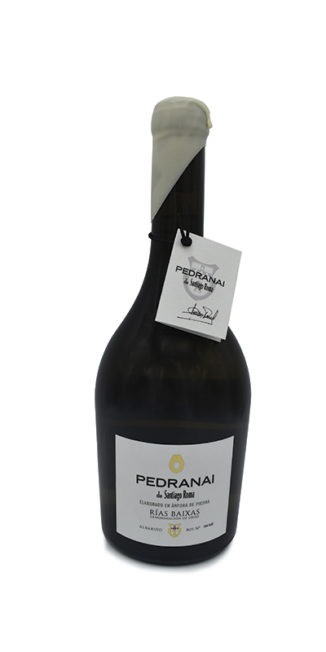The types of wines that are distinguished within this denomination are the following:
Rías Baixas Albariño: Monovarietal wine made with 100% Albariño grapes from any of the sub-areas.
Rías Baixas County of Tea: Multi-varietal wine, made with Albariño and Treixadura grapes at least 70% of both, the rest of the other white varieties being admitted. All of them are produced in the subzone of Condado do Tea.
Rías Baixas Rosal: Plurivarietal, made up of Albariño and Loureira varieties, with a minimum of 70% of both, the rest of the variety must be accepted by the Council and be produced in the Rosal area.
Rías Baixas Val do Salnés: Incorporates at least 70% Albariño grapes, while the remaining 30% must include varieties admitted and produced in the Val do Salnés area.
Rías Baixas Ribeira do Ulla: Plurivarietal that requires at least 70% of the Albariño, Loureira, Treixadura and Caíño Blanco variety, while the rest must be from varieties admitted and produced in the Ribeira do Ulla area.
Rías Baixas: Multivarietal wine of recognised white varieties, produced in any of the five zones.
Rías Baixas Barrica: hese are wines made in the geographical area from any authorised white variety. A production process similar to that of white wines is followed, with the difference that they spend a period of time in wooden containers no larger than 600 litres, indicating in any case on the labelling the time, in months or years, that has remained in said containers.
Rías Baixas Tinto: This typology is made from the red varieties recognised by the Council, produced in any of the five subzones, based on what is established in the Specifications.
Rías Baixas Sparkling: Made from recognised varieties, produced in any of the subzones complying with the analytical limits stipulated in the Specifications of the Regulatory Council, the national and community regulations regarding quality sparkling wines and those established in the Quality Manual.























